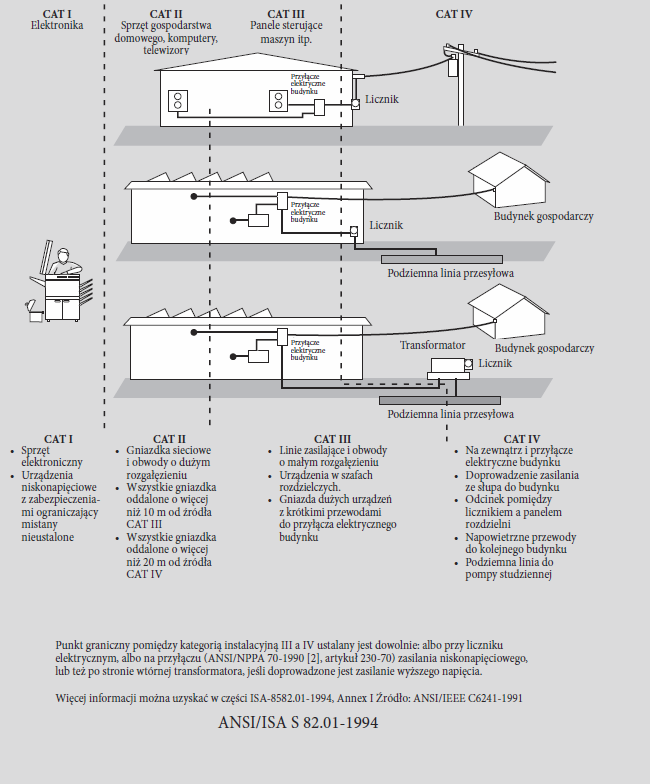Anyone who earns a living by working with electrical equipment and networks, quickly acquires a healthy distance to any subject that, even assuming low probability, can be electrified. Sometimes, however, the need to quickly perform a specific task, or run a key element of the network, can, what can lead to failure to exercise due caution and ultimately make a trivial error, even by the most experienced electrician. The following list has been compiled as a short guide to what you should not do when making electrical measurements.
- Replacing the original fuse with a cheaper "replacement". If your digital multimeter meets current safety standards, this fuse is a special sand fuse that has been designed to disconnect the circuit before an overload will damage your hand. When replacing a digital multimeter fuse, be sure to use the correct fuse.
- Using a piece of wire or metal to short-circuit the fuse. This may seem like a quick and good solution if you suddenly run out of spare fuse, but it is the only, uncertain protection against voltage surges that is heading towards you
- Using a measuring instrument that is inappropriate for the task. It is important to match the digital multimeter to the work you have to do. Make sure that your measuring instrument has the CAT category suitable for the planned task, even if it means having to change multimeters during the day.
- Purchase of the cheapest multimeter. You can always buy a better model later, right? You may not make it in time if you become a victim of an accident, because this cheap device will not have the safety functions that it should have. Look for instruments tested by independent laboratories.
- Wear safety glasses. Take them out. Put on. It is important. Do the same with insulated gloves and flameproof clothing.
- Work under voltage. Turn off the circuit whenever possible. If the situation forces you to work under voltage, use properly insulated tools, put on protective goggles or face shield and insulated gloves, remove your watch and other jewelry, stand on an insulated mat and wear fireproof clothing, not ordinary work clothing.
- Failure to follow correct procedures to prevent the equipment being switched on accidentally.
- Holding both hands on the device under test. Not allowed! When working with live circuits, remember the old electrician rule. Keep one hand in your pocket. This reduces the risk of creating a closed electrical circuit within the chest where the heart would be part. Hang or put down the meter when possible. Try to avoid holding it in your hands to minimize exposure to transient effects.
- Neglecting the quality of test leads. Test leads are an important element that determines the safety of using digital multimeters. Make sure that the test leads also match the CAT category of your work environment. Use double-insulated test leads, covered connectors, finger guards and a non-slip surface.
- Continuous use of the old diagnostic tool. Modern measuring instruments are equipped with safety functions that a few years ago nobody even heard of. These functions are worth adding to the equipment, which will cost less than a visit to an ambulance.

